A Paisagem lingüística e a ocupaçao Britânica na cidade do Funchal (Ilha da Madeira): estudo de caso e consideraçoes sociolinguísticas
Departament/Institut
Universitat de Vic - Universitat de Vic - Universitat Central de Catalunya. Departament de Traducció, Interpretació i Llengües Aplicades
Programa de doctorat
Traducció, Gènere i Estudis Culturals
Resum
The Linguistic Landscape (LL) has been a theme that has been extensively studied in recent years, even though many European cities and countries have not yet enjoyed relevant studies in their socio-cultural environment. This investigation intends to study the impact of the British occupation on the linguistic landscape of the city of Funchal. The English presence in Madeira Island from the 19th century, as well as the strong tourist influx in the low areas by the sea, has made the city of Funchal a point of cultural and linguistic diversity. The impact of the English language is manifested through linguistic signs present in English buildings, commercial and restaurant signs. Based on this principle, this work will focus on the effects of this reality through the registration and analysis of 378 linguistic signs found in São Pedro, Sé and Santa Maria Maior (Zona Velha) parishes, showing the differences between public and governmental signs and private and industrial ones. The methodology of this work is based on the top down and bottom up approach of Ben-Rafael et al. (2006) in which the presence of top down linguistic signs demonstrates the British influence and occupation in the socio-political, cultural and economic spheres, and the bottom up linguistic signs point to the tourist phenomenon.
El Paisaje Lingüístico (PL) ha sido un tema que ha sido ampliamente estudiado en los últimos años, aunque muchas ciudades y países europeos aún no han sido objeto de estudios relevantes en su entorno sociocultural. Esta investigación pretende estudiar el impacto de la ocupación británica en el paisaje lingüístico de la ciudad de Funchal. La presencia inglesa en la isla de Madeira desde el siglo XIX, así como la fuerte afluencia turística en las zonas bajas junto al mar, ha hecho de la ciudad de Funchal un punto de diversidad cultural y lingüística. El impacto del idioma inglés se manifiesta a través de signos lingüísticos presentes en los edificios ingleses, carteles comerciales y de restaurantes. Con base en este principio, este trabajo se enfocará en los efectos de esta realidad a través del registro y análisis de 378 signos lingüísticos encontrados en las parroquias de São Pedro, Sé y Santa Maria Maior (Zona Velha), que presentan las diferencias entre signos públicos y gubernamentales y privados e industriales. La metodología de este trabajo se basa en el enfoque de arriba hacia abajo (top down) y de abajo hacia arriba (bottom up) de Ben-Rafael et al. (2006), según el cual la presencia de signos lingüísticos de arriba hacia abajo demuestra la influencia y ocupación británica en los ámbitos sociopolítico, cultural y económico, y los signos lingüísticos de abajo hacia arriba apuntan al fenómeno turístico.
Paraules clau
Paisatge Linguístic; Ocupació británica; Anglès; Funchal; Linguistic landscape; British occupation; English
Matèries
81 - Lingüística i llengües
Àrea de coneixement
Lingüística



